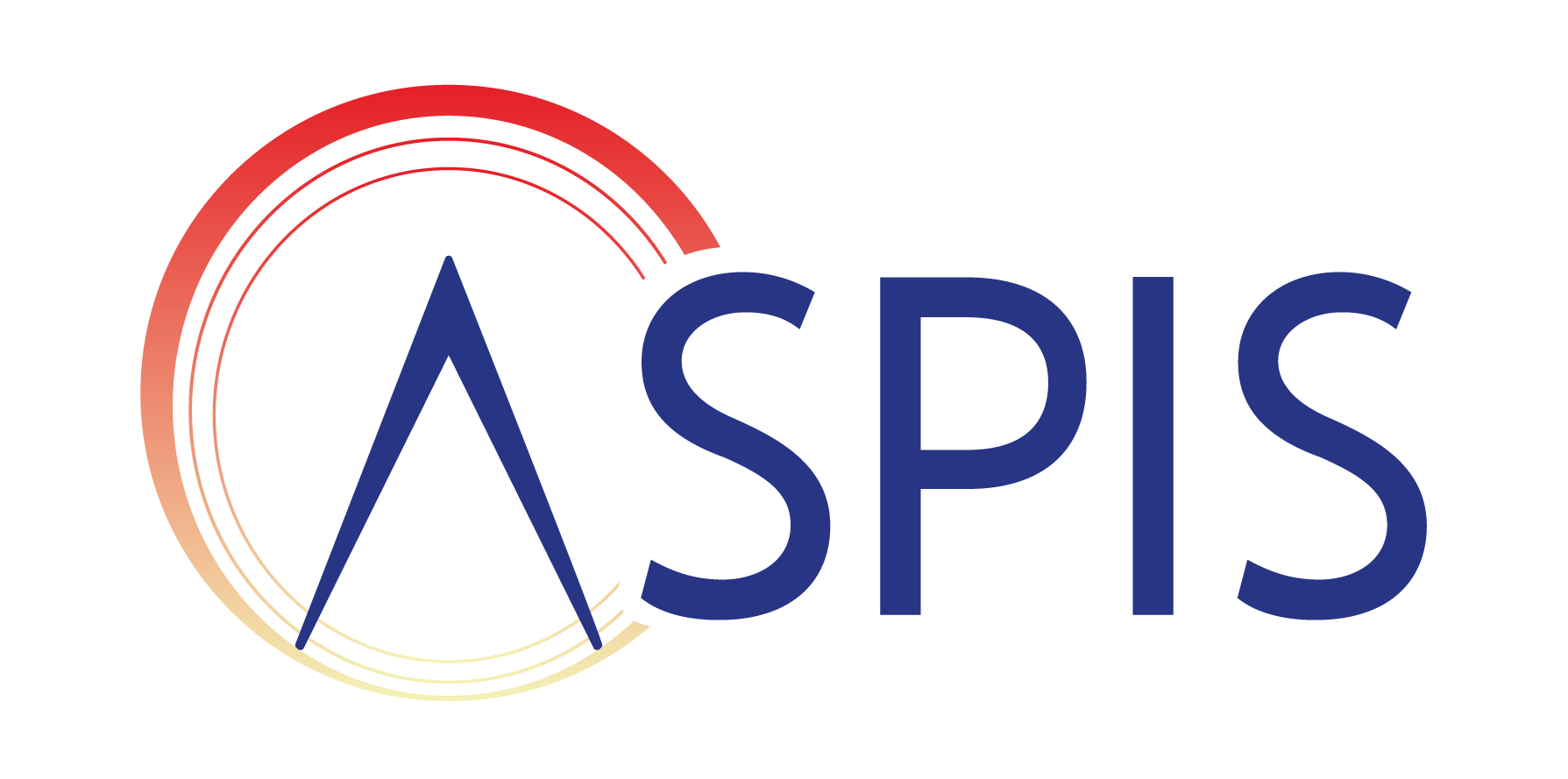The ASPIS Cluster is made up of three research projects funded by the EU Horizon 2020 Research and Innovation programme: ONTOX, PrecisionTox and RISK-HUNT3R.
It is the largest public funding of research in Europe towards advancing safety assessment of chemicals without the use of animal testing
(SC1-BHC-11-2020)




